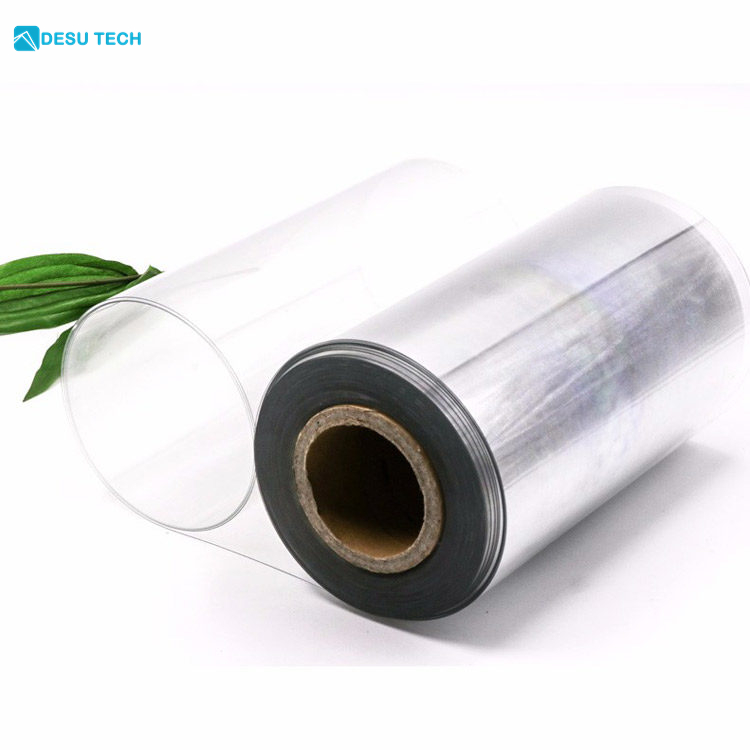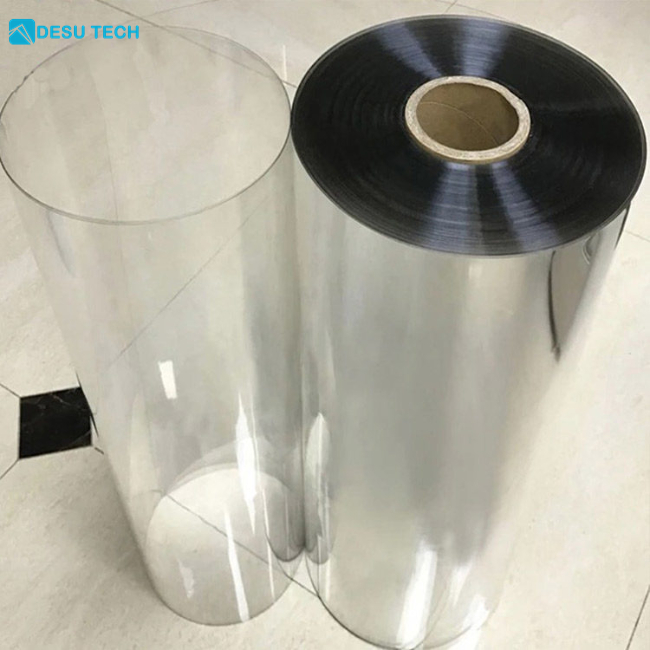When it comes to PET plastic rolls, most people will be relatively unfamiliar, but they don’t know that it has a wide range of uses. PET PET plastic roll is a kind of thermoplastic environmental protection plastic product, which is widely used for packaging in cosmetics, food electronics, toys, printing and other industries. Many downstream customers of PET sheet manufacturers will respond to a problem, that is, the problem of product yellowing. Are there any additives that can solve this problem.
Precautions to avoid yellow PET plastic rolls
1. UV Stabilizers: Incorporate UV stabilizers during the manufacturing process. These additives help to minimize the impact of UV radiation, which is a common cause of yellowing in plastics.
2. Storage Conditions: Store PET plastic rolls in a cool, dry, and dark environment away from direct sunlight. Exposure to sunlight and heat accelerates the yellowing process.
3. Proper Handling: Handle PET rolls carefully to prevent scratches and abrasions. Damaged surfaces are more prone to yellowing due to increased surface area for oxidation.
4. Avoiding Heat Exposure: Keep PET plastic rolls away from sources of heat, such as heaters, ovens, or direct contact with hot surfaces. High temperatures can accelerate the degradation process.
5. Moisture Control: Moisture can also contribute to the yellowing of PET plastic. Store rolls in a low humidity environment and use moisture-resistant packaging when necessary.
6. Avoiding Chemical Exposure: Avoid exposure to harsh chemicals, solvents, and cleaning agents that can react with PET and lead to yellowing. Choose appropriate storage containers and keep the environment clean.
7. Regular Inspection: Periodically inspect PET rolls for any signs of yellowing or degradation. Early detection allows for timely intervention to prevent further deterioration.
8. Quality Control: Ensure that the PET material used meets quality standards and specifications. Quality control measures during manufacturing can help minimize defects that may lead to yellowing.
9. Protective Packaging: Use protective packaging materials, such as UV-resistant films or coatings, to shield PET rolls during storage and transportation.
10. Avoiding Overheating during Processing: If PET plastic is being processed, such as during thermoforming or extrusion, ensure that the equipment is properly calibrated to prevent overheating, which can contribute to yellowing.


By following these guidelines, you can minimize the risk of yellowing in PET plastic rolls and maintain their quality over time.
Introduction of PET Plastic Rolls
PET (Polyethylene Terephthalate) plastic rolls are versatile and widely used packaging materials known for their durability, clarity, and versatility. PET is a form of polyester that is commonly used in the production of plastic bottles, containers, and packaging films. The introduction of PET plastic rolls has revolutionized various industries, offering numerous benefits over traditional packaging materials like glass, metal, or other plastics.

Specification
- Brand: DESU
- Origin: Shanghai, China
- Width: 300-1400mm
- Barrier material: PET Plastic Rolls
- Processing methods: Lamination / Multilayer co-extrusion
- Thickness: 0.2-2 mm
- Weight: 50-150kg/roll
- Shape: Roll/Sheet
- Color: Transparent/Custom color
- MOQ: 5tons
These rolls are manufactured through a process of extrusion where PET resin is melted and formed into thin sheets, which are then rolled into convenient-sized rolls for packaging applications. PET plastic rolls are available in various thicknesses, widths, and lengths, catering to diverse packaging needs across different industries.
More Product recommendations






